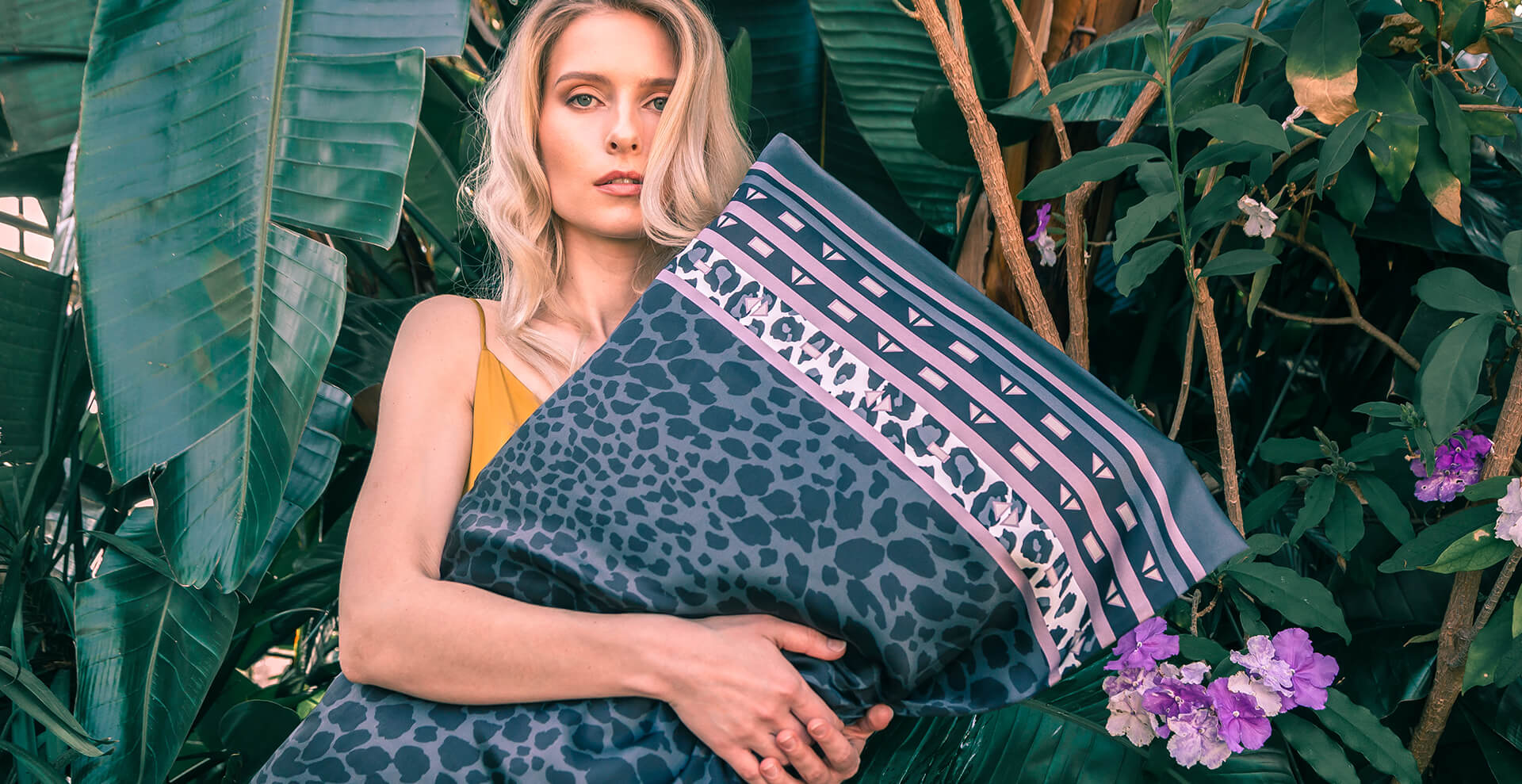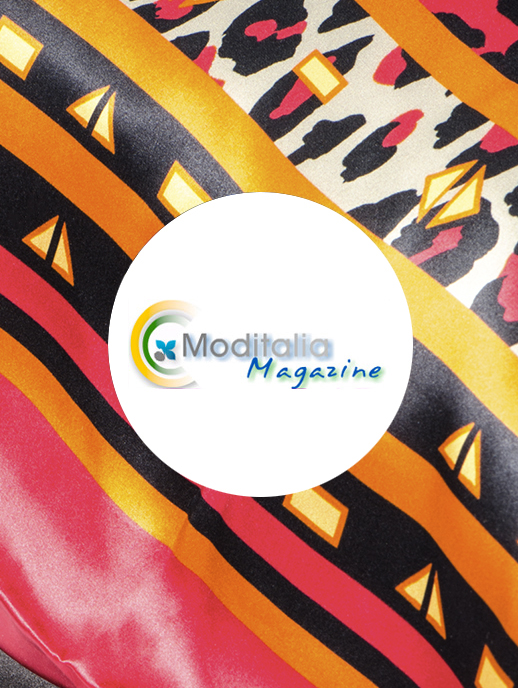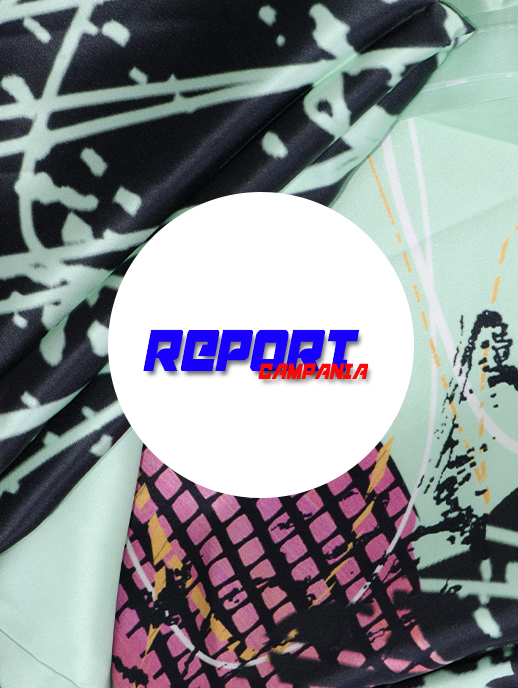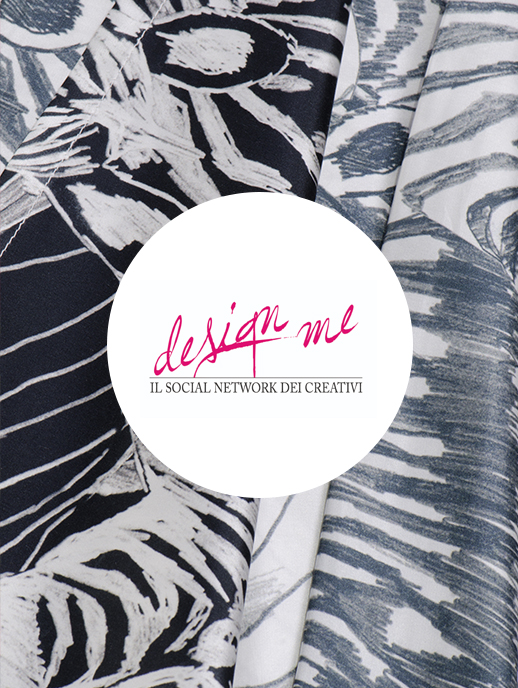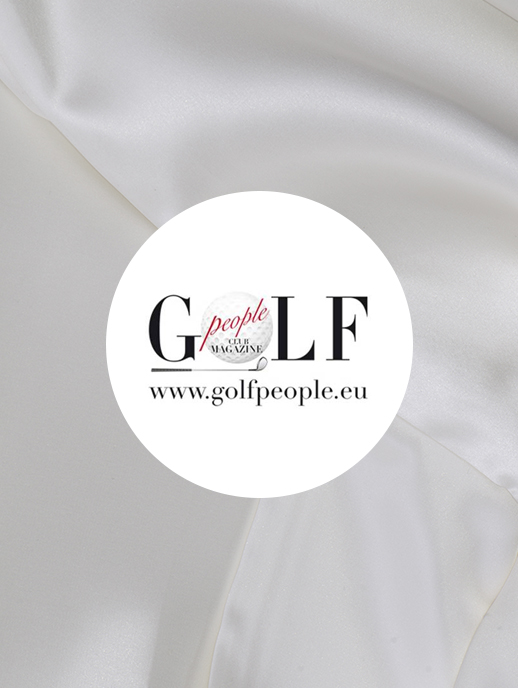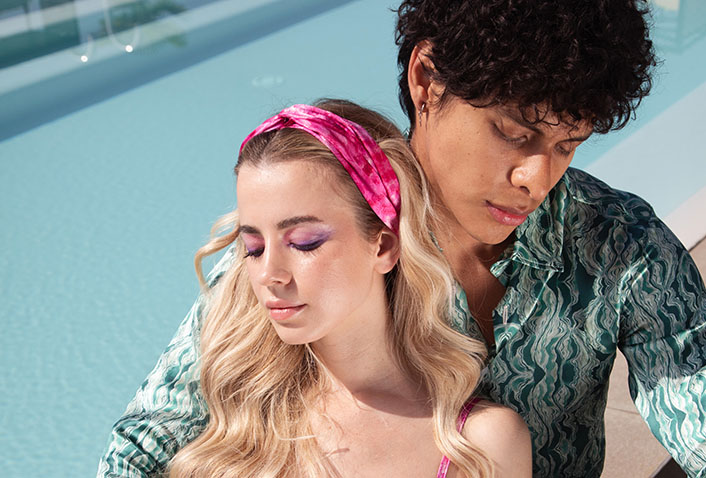Why “Gelso”?

It all started with our love to pamper ourselves with a cozy and luxurious silk fabric that not only makes us feel good but also has essential beauty and rejuvenating benefits. With the objective to enrich the lives of people with the magical power of silk and transmit the overwhelming sensuality, we created Gelso Milano.
The fulcrum of the company around which our expression of beauty and comfort is created, is the magical silk fabric; the technology – we dare to not only use the fabric in its simplistic form, but to create the new reengineered sustainable one, capable to enhance the magical properties of the original material; and last but not least, signature Italian design and craftsmanship.
The silk fabric is the main ingredient of our company that embodies all the essential values that we would like to transmit. This is undoubtably, one of the most precious and finest fabrics in the world, that has the capacity to really nurture our spirit and transmits the fascinating sense of comfort and beauty. In fact, for many centuries China kept the secret of silk production defending it carefully using this precious material for imperial robes. According to the legend the wife of the mythical Yellow Emperor discovered that a thread could be worn out of cocoon that dropped accidentally into her cup of tea that she was having under a mulberry tree. Two elements are needed to make silk – the flightless moth Bombyx Mori and mulberry leaves.
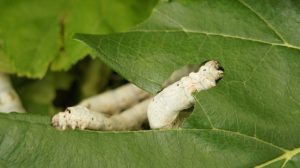
The female silkworm lays hundreds of eggs out of which baby silkworms are born. To be able to make their cocoons the silkworms eat day and night the leaves of the mulberry trees in order to become fat and strong enough. The key element in the silk farming is the mulberry tree, “Gelso” in Italian, which gives its origin to our brand’s name to acknowledge the contribution of this magnificent plant in the origination and the production of silk. Just for numeric, a hundred kilos of mulberry leaves yields 25 silkworms cocoons and it takes 110 cocoons to make a silk tie. The 800 worms supply silk for just one blouse and consume approximately 16 kilo of mulberry leaves. Over 200 kilos of mulberry leaves and 5500 silkworms are needed to produce just one kilo of raw silk.
Fat enough silkworms spin a cocoon around themselves, which is made of jelly substance that hardens with air contact, until they become like small white cotton balls which are then boiled in hot water with a moth inside to unwind the single filament. Each cocoon has a filament of about 700 m long which are then twisted together to make a silk thread that gives origin to one of the ancient and most elegant material known as silk. The right activists sustain that using silk is unethical since the silkworms die boiled in hot water or treated by hot air since the producers need to get the cocoons undamaged. In the science, however, there is not a clear answer whether the worms produce endorphins and thus have a physical response to pain or not. To answer this scepticism some alternative types of silk are becoming popular nowadays – organic silk, peace silk and wild silk. The production process for these types of silk is environmentally friendly and not violent, since the silkworms live their full lives and die naturally.
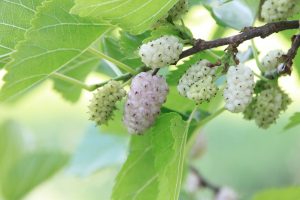
However, the production process is very laborious and thus much more expensive with respect to the classical type of weaving the silk material. Another sustainable alternative that is becoming more and more popular in the fashion industry is the usage of recycled or vintage silk: silk is a very durable material and with a proper care could last for thousands of years. The rights activists that urge people not to buy silk materials advise switching to alternative man-made materials – viscose or polyester for example. However, the production process of these substitutes is not sustainable and eco-friendly at all. Viscose or rayon has been developed as a cheaper alternative to silk, it is a plant-based fibre, which is not toxic by itself. Yet, the production of this material involves highly polluting processes and toxic chemicals. Pushed by the fashion industry a great demand for this material leads also to the rapid depletion of the world’s forests sometimes including old-growth or endangered forests.
Polyester nowadays dominates the fashion industry since it is extremely versatile, cheap and fast to produce, however it is not biodegradable since it is a synthetic petroleum-based fibre and is the biggest source of microplastic pollution, a serious and growing issue nowadays. It has been scientifically proved that by washing your synthetic clothes small plastic cells are released into the water which significantly contributes to the ocean plastic pollution. Microplastics are toxic to wildlife and by entering the digestion of the marine animals endanger the whole food cycle.
Comparing silk to these two kinds of man-made materials, garments made of silk have for sure their ethical considerations however the production process of silk is much more sustainable and eco-friendlier. Opting for organic, peace or wild silk would be the optimal choice to avoid unethical practices and to encourage responsible and sustainable manufacturing.


